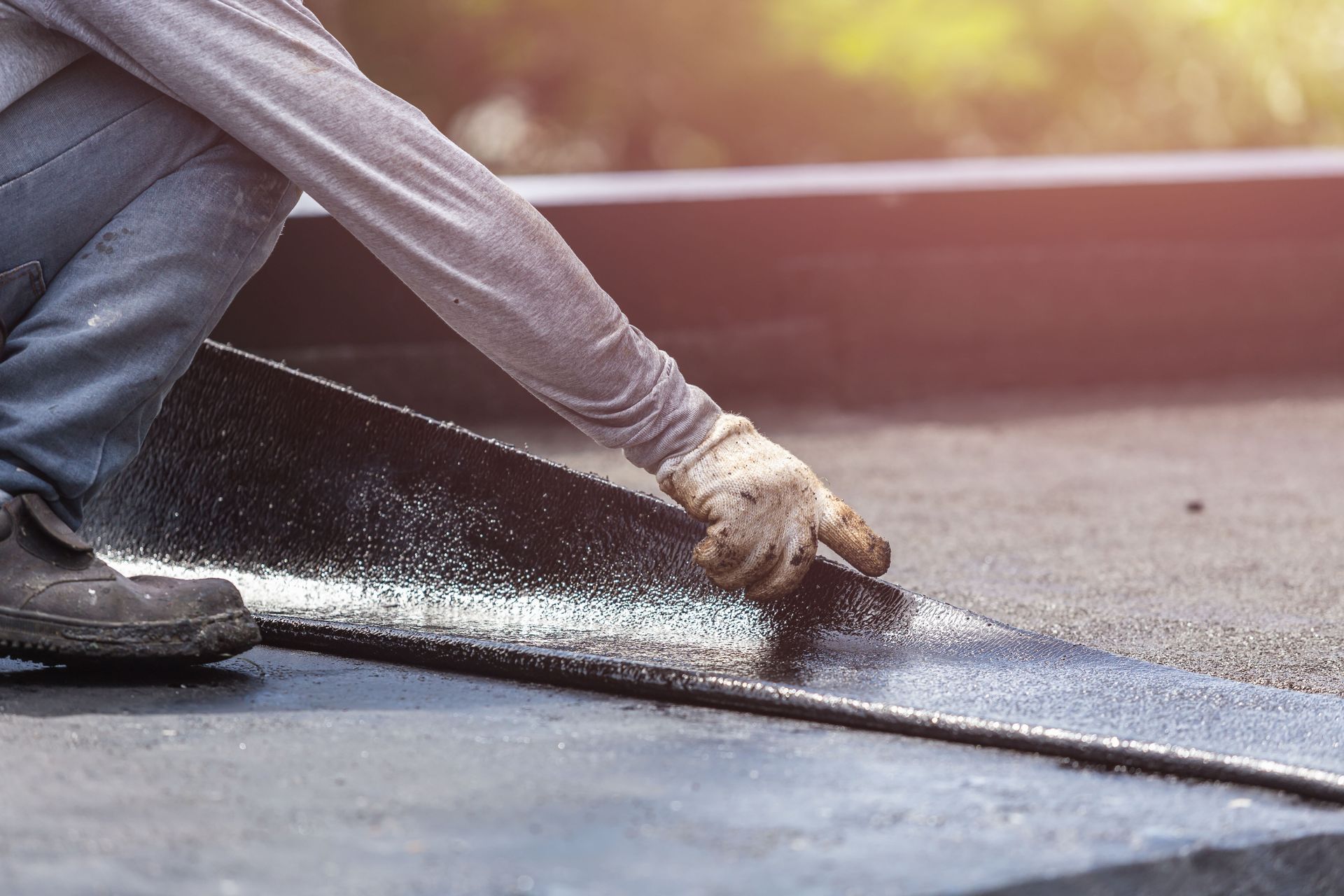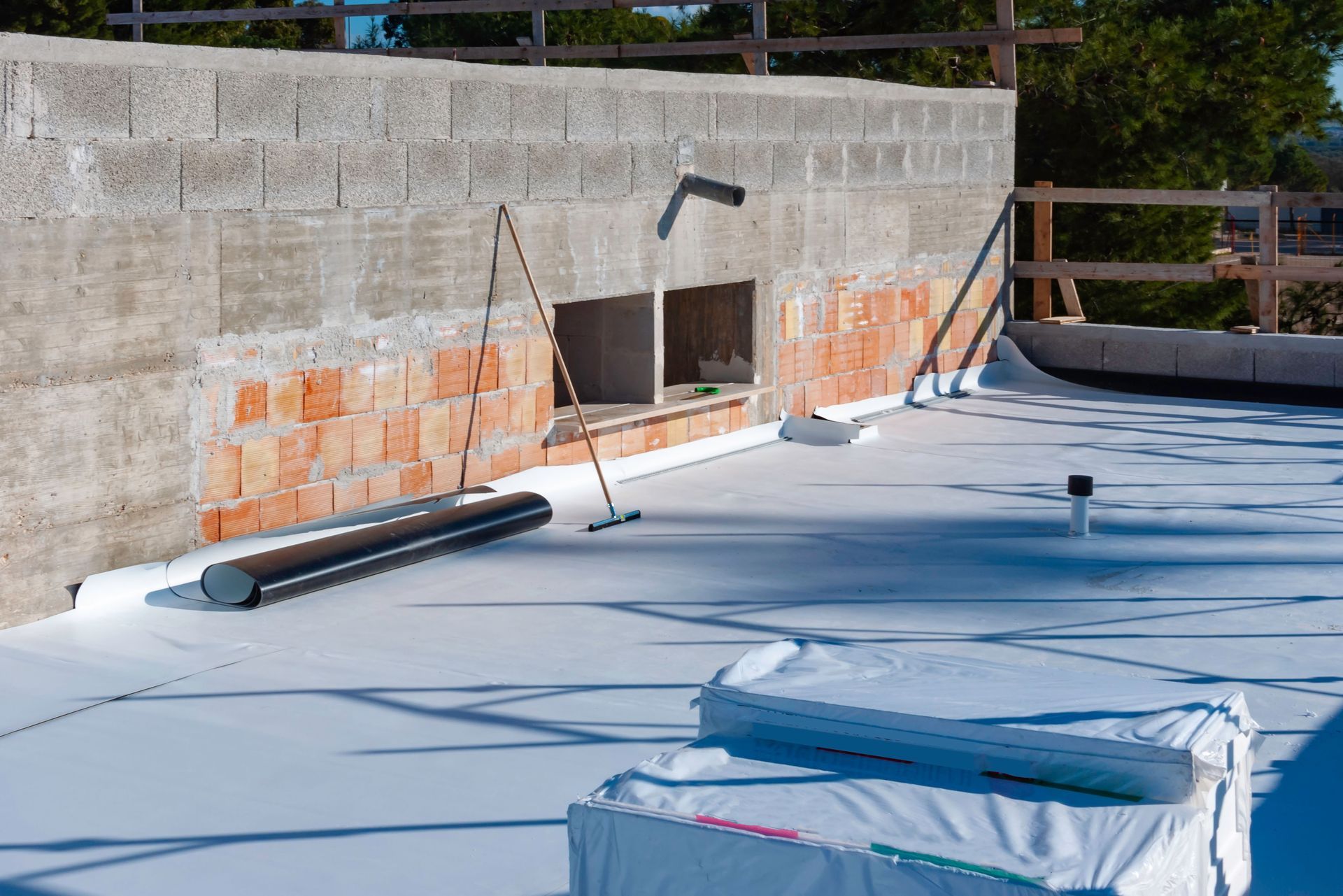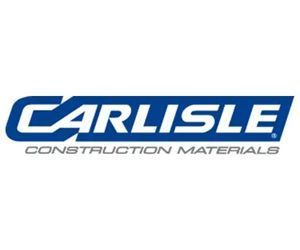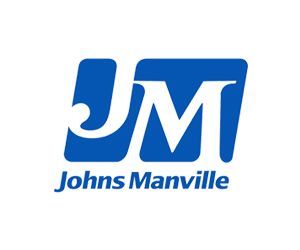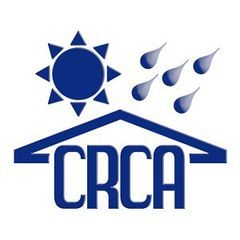May 15, 2025
In recent years, flat roofing has emerged as a popular and practical choice for many homeowners, business owners, and architects alike. Favored for its sleek, modern appearance and space-saving design, flat roofs offer unique advantages that traditional sloped roofs often cannot match. From creating usable outdoor living areas to simplifying maintenance and accommodating green technology, like solar panels, flat roofing systems are increasingly being incorporated into both residential and commercial construction projects. Understanding the various types of flat roofing materials, their benefits, and ongoing maintenance needs can help you decide whether a flat roof is the right fit for your property.
Types of Flat Roofing Materials
Flat roofs can be constructed from a variety of materials, each offering distinct advantages. One of the most common materials frequently used is TPO (Thermoplastic Olefin), favored for its environmentally friendly properties and energy efficiency capabilities. Meanwhile, metal roofing continues to gain popularity and is projected to grow globally at a rate of 3.5% annually between 2020 and 2030, according to This Old House. Choosing the right material depends on factors such as climate, budget, and intended roof usage, making it essential to evaluate each option carefully.
Flat Roofing Benefits
The distinctive architectural design of flat roofs offers numerous benefits that are appealing to various types of building projects. The most obvious advantage is the additional usable space on top of the roof, which can be transformed into a rooftop garden, patio, or even solar panel installation. This increases a building's functionality without expanding its footprint. Flat roofs are also easier and safer to maintain than sloped ones due to their accessible layout, allowing for efficient inspection and repair. Their clean, modern look also complements contemporary architectural styles, making them popular in commercial construction. Additionally, their simple geometry often makes them more compatible with modular and prefab construction methods.
Cost and Installation Considerations
Cost is often a primary factor when choosing a roofing system, and flat roofs can be a cost-effective option compared to their sloped counterparts. Their straightforward design requires less material and labor during installation, which can lead to substantial savings. However, it’s important to consider the long-term costs. Investing in quality materials and skilled installation can prevent future leaks or damage, ultimately saving money on repairs and replacements. Additionally, shorter installation times can minimize ongoing construction or disruption of business operations. Budget-conscious property owners may also benefit from fewer architectural complexities, which can reduce design and engineering fees.
Flat Roof Maintenance and Longevity
While flat roofs are generally low maintenance, regular inspections and upkeep are crucial for maximizing their lifespan. Keeping the roof free from debris, especially leaves and branches, will prevent water pooling and potential damage. Regular checks for small cracks or damage can help catch issues before they escalate into costly repairs. In our experience, a well-maintained flat roof can last between ten and thirty years, depending on materials and climate conditions. Proactive maintenance not only extends longevity but also ensures optimal performance throughout the roof's life cycle. In many cases, maintenance contracts with professional roofing services can provide peace of mind and consistent upkeep.
Environmental Impact and Energy Efficiency
Flat roofs can significantly contribute to a building's sustainability initiatives. Certain materials, like TPO, are known for their reflective properties, which can reduce heat absorption and lower energy consumption for cooling. This makes flat roofs an eco-friendly option that can also lower utility costs. Furthermore, the design of flat roofs allows for the easy installation of green energy solutions, such as solar panels or rooftop gardens, enhancing their environmental benefits. In urban settings, flat roofs can also help mitigate the heat island effect by incorporating cool roof technology or vegetation layers.
Flat roofing options for your home or business can offer a pragmatic and appealing alternative. From the variety of material options and their unique benefits to cost considerations and maintenance needs, understanding the ins and outs of flat roofing can help you make a better-informed choice. Whether you’re drawn to the additional usable space, reduced installation costs, or the potential for enhanced energy efficiency, a flat roof could be the ideal fit for your next building project. By investing time in regular maintenance and choosing the right materials, you can ensure your flat roof remains an asset for many years. Contact Norton Sons Roofing Co. for all your flat roofing needs.
